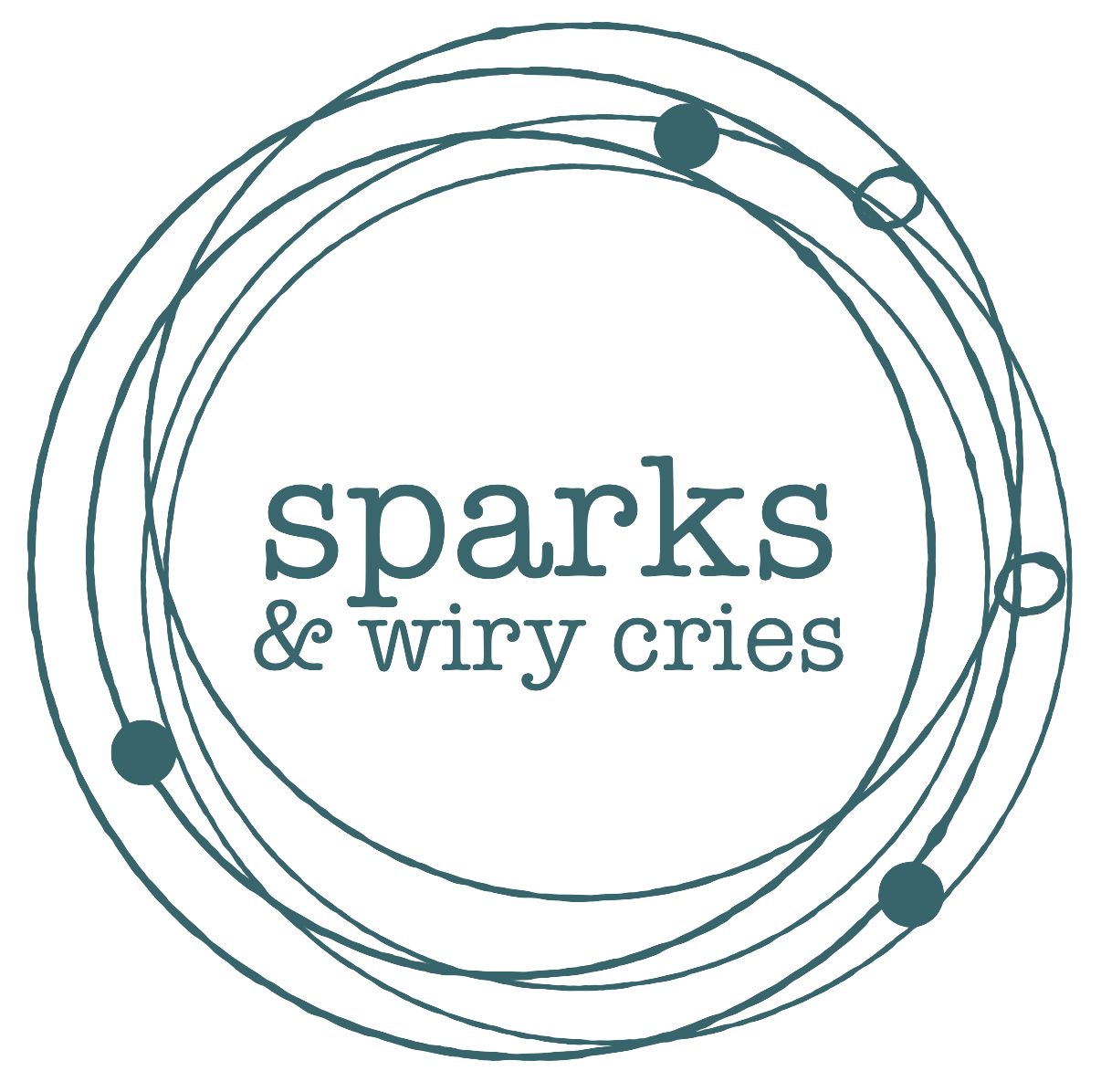SCHUBERTIADE: Alejandro Roca
Internationally-renowned conductor and vocal coach Alejandro Roca provides us an exciting glimpse into Colombian art song in our final installment of our Schubertiade series.
Colombia is the most biodiverse country in the world by area, second overall only to Brazil, a position that is reinforced by a singular kaleidoscope of landscapes, cultures, culinary traditions, and of course music. However, as it also happens with a good portion of Latin American classical music repertoire, the divulgation of Colombian academic composers worldwide has been far from uniform, and an important part of our musical heritage—including a good number of art songs—is still waiting to become part of the standard repertoire in so many places.
This offering does not pretend to be a musicological essay or a complete historical summary of Colombian art songs. In fact, it is quite the opposite: it is a very personal selection of composers and songs that I love, taken from my view and from experience as a performer, which I subjectively consider to be of interest to music professionals and audiences alike. But by sharing these composers and these pieces, I hope to invite all listeners and readers to swim deeper into the passionate waters of Latin American art song.
Antonio Maria Valencia, Luis Carlos Figueroa, and Jaime Leon: The Three Titans
Like in most of Latin America, Colombian art song history starts during the nineteenth century with a strong sense of musical nationalism. Despite some remarkable pieces by composers like Pedro Morales Pino, Jerónimo Velasco, and Guillermo Uribe Holguin (one of the first Colombian composers to receive musical training in France and founder of the National Conservatory), in my personal opinion, Colombian art song reaches its first peak with Antonio Maria Valencia (1902 – 1952).
Born in Cali and musically trained first by his father and then in Paris at the Schola Cantorum under Vincent D’Indy’s guidance, Valencia was an outstanding concert pianist and a refined composer with a special taste for vocal music. Thanks to this background, you can hear a strong French influence, including a couple of songs in French. Canción de cuna vallecaucana (Lullaby from the Cauca Valley region) is a good example of his sensibility:
A disciple of Valencia, Luis Carlos Figueroa (1923-) has been a major figure in the Colombian musical scene for more than 60 years. A pianist, composer, conductor, and teacher, Figueroa was also French-trained and his 13 songs, showing a delicate balance between voice and piano, have become an important part of the repertoire alongside his piano and chamber music. Promesas para que duermas, with a poem by Alvaro Sanclemente, demonstrates his aesthetics:
But without any doubt the most prominent figure in the Colombian art song during the twentieth century was Jaime Leon (1921 – 2015), known not only for the beauty of his songs (based on his musical experiences in the United States as pianist, ballet, and opera conductor) but also for holding the largest corpus—some 30 songs—of any Colombian composer to have achieved international recognition. La campesina, based on the Colombian popular dance Bambuco (from the Andes region) is great example that remarks on the hard work of Colombian peasant women:
Also, Leon’s knowledge and use of Colombian poetry along with his affinity for the human voice (the result of his deep and sustained work with singers, both as pianist and conductor) were a powerful combination that gave us some of the most elaborated examples of Colombian art song, including these two: Rima, with lyrics by Eduardo Carranza, and Mas que Nunca, with poetry by Maruja Vieira:
The Twenty-First Century: Expanding the Borders
Besides the great legacy of the aforementioned composers, the final decades of the twentieth century and the beginning of the twenty-first have brought a very interesting explosion of musicians and composers. Products of different musical programs around the country, and with solid backgrounds and unique musical personalities of their own, they are not dependent on singular movements or aesthetics. Gustavo Yepes, Mario Gomez-Vignes, Alberto Guzman, Gustavo Parra, Andres Posada, Juan Antonio Cuellar, Pedro Ramírez, Felipe Hoyos, Pedro Sarmiento and many others have developed musical careers both from the academy and from their own musical practice as composers.
Here is the world premiere of Andres Posada’s Oración, a cycle of 3 songs, commissioned by the Banco de la República and premiered and recorded in their concert hall in 2014. Posada has been one of the most enthusiastic song composers during his different artistic stages, and his vision of the expressive words by celebrated writer Piedad Bonnet make a great example of contemporary artistic collaboration.
Younger than Posada is Pedro Felipe Ramírez (1979), the selected composer from whom the Colombian Ministry of Culture commissioned a song cycle (Sonetos cantados desde la orilla) based on Spanish poems by Sor Juana Ines de la Cruz, to be performed at the Theater Festival of Almagro (Spain). Here is the second performance of the second song of the cycle at the Teatro Real in Madrid in July 2018, when Colombia was the invited country:
Colombia’s classical musical horizons continue to expand, taking performers, composers, and audiences on an exciting journey where all is ready to discover. I hope that after this quick glimpse, you all feel the same. ENJOY!
Please play the video below to listen to Alejandro’s entire Schubertiade as a playlist.
December 18, 2020






